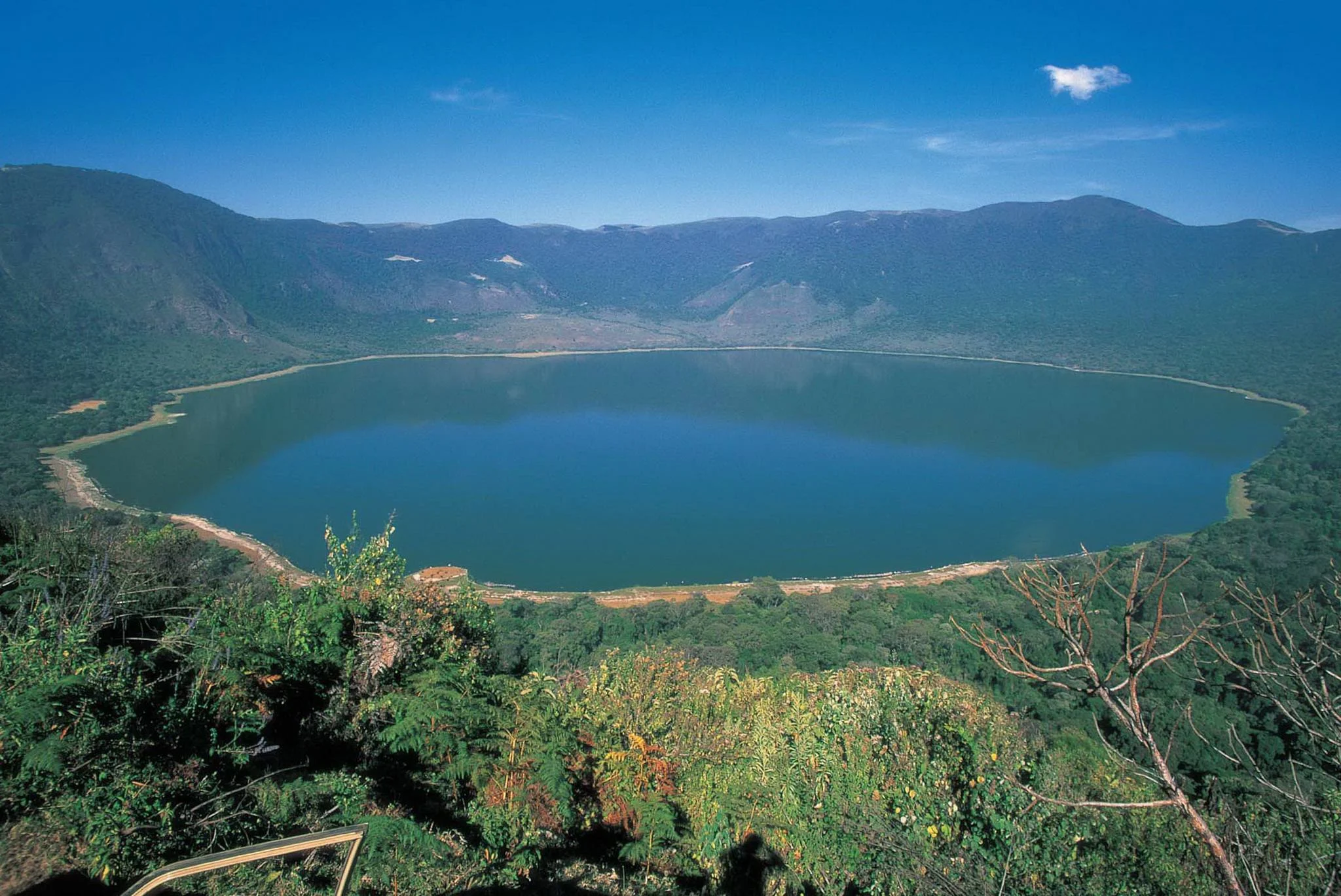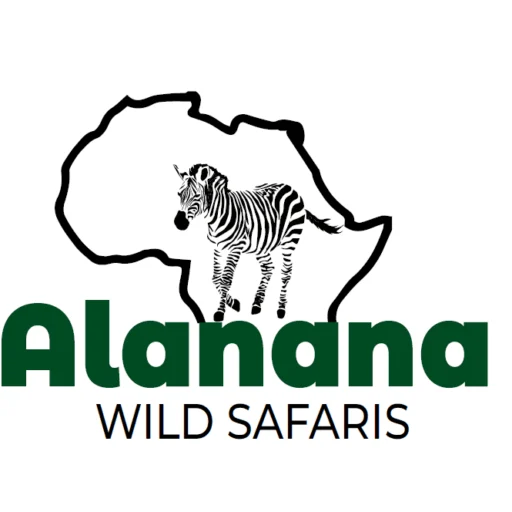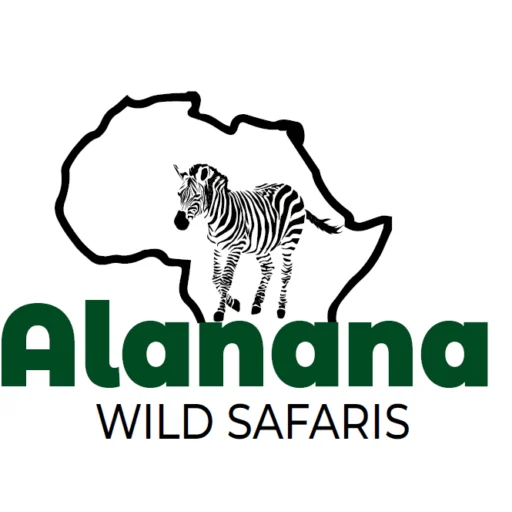
Ngorongoro Crater
Ngorongoro Crater, often referred to as the “Eighth Wonder of the World,” is one of the most iconic and unique natural landscapes in Africa. It is located in the Ngorongoro Conservation Area in northern Tanzania and is a UNESCO World Heritage Site. Here are some exclusive details about Ngorongoro Crater:
Geography and Formation
Volcanic Origins: Ngorongoro Crater is the caldera of an ancient, massive volcano that erupted millions of years ago. The eruption caused the volcano’s core to collapse, forming a giant bowl-like depression that spans about 265 square kilometers (102 square miles). The crater floor is surrounded by steep walls that rise nearly 600 meters (2,000 feet) above the crater floor.
Crater Floor: The floor of the crater is a mix of grasslands, swamps, and small lakes, with a variety of habitats that support a rich diversity of wildlife.
Wildlife
High Concentration of Wildlife: Ngorongoro Crater is one of the best places in the world to witness a high concentration of animals in a relatively small area. It’s home to a variety of species, including the Big Five (lion, elephant, buffalo, leopard, and rhinoceros), and boasts one of the largest populations of black rhinos in Tanzania. The crater also hosts large herds of wildebeest, zebras, gazelles, and numerous bird species, including flamingos.
Predators and Prey: The ecosystem is highly balanced, with predators such as lions, hyenas, and cheetahs preying on the abundant herbivores like antelopes and buffalo. The dense animal population makes for excellent game viewing year-round.
Crater Floor and Features
Lake Magadi: This alkaline lake is located at the bottom of the crater and is home to large populations of flamingos. The lake’s unique salt crust provides a beautiful and striking backdrop to the landscape.
Ngorongoro Forest: The lush Ngorongoro Forest, located near the crater’s rim, offers a sharp contrast to the open grasslands below. It’s home to a population of elephants, some of which are known for their large tusks.
Olduvai Gorge: While not part of the crater itself, Olduvai Gorge, located nearby, is one of the most significant archaeological sites in the world. It is where fossils of early humans, dating back over 1.8 million years, have been discovered, offering invaluable insights into human evolution.
Conservation Area
Ngorongoro Conservation Area (NCA): The Ngorongoro Crater is part of the larger Ngorongoro Conservation Area, which also includes the Seronera Plains, the Ngorongoro Highlands, and the Ngorongoro Forest. The area is unique because it is both a protected wildlife reserve and a home to the indigenous Maasai people who have coexisted with wildlife for centuries.
Sustainable Coexistence: The NCA is a model for sustainable wildlife conservation and human habitation. The Maasai continue to live within the conservation area and practice traditional pastoralism, herding cattle and sheep alongside wildlife.
Best Time to Visit
Year-Round Safari: Ngorongoro Crater is a year-round destination for safaris. Its relatively stable weather, with cooler temperatures compared to the surrounding areas, makes it an attractive option at any time of year.
Peak Season: The best time to visit for wildlife viewing is during the dry season (from June to October), when animals gather around the limited water sources and are easier to spot. The wet season (from November to April) sees fewer tourists, and the lush landscape is more vibrant, but some roads can become slippery.
Exclusive Safari Experiences
Private Game Drives: For a more exclusive safari experience, private game drives within the crater can be arranged. These drives allow you to explore the wildlife at your own pace, without the crowds. Some luxury lodges offer private vehicles and guides, offering a personalized experience.
Cultural Visits: Visits to Maasai villages on the crater’s rim or nearby are a unique way to learn about the traditional Maasai way of life. Cultural experiences can include tours of Maasai homes, interactions with villagers, and the opportunity to witness traditional dances and ceremonies.
Helicopter Tours: For an even more exclusive experience, helicopter tours of the crater are available. These provide a breathtaking aerial view of the crater’s vast expanse and wildlife below, offering a truly unique perspective of this natural wonder.
Lodging and Accommodation
Luxury Lodges: There are several high-end accommodations around Ngorongoro Crater, such as Ngorongoro Crater Lodge, Serena Ngorongoro Safari Lodge, and The Highlands, offering luxury and comfort with views of the crater. These lodges provide private safari experiences, gourmet dining, and spa services.
Tented Camps: For a more immersive experience, exclusive tented camps such as Lemala Ngorongoro offer luxury while staying close to nature. These camps allow for private game drives, guided walks, and spectacular views of the surrounding landscapes.
A Truly Unique Ecosystem
Crater’s Isolation: Due to the steep crater walls, the ecosystem inside Ngorongoro has been isolated for millions of years, creating a unique habitat that supports a wide range of species in a small area. The combination of grasslands, forested areas, wetlands, and lakes offers a diverse range of environments for animals to thrive in.
Photographic Opportunities
Breathtaking Landscapes: Ngorongoro Crater offers numerous stunning photo opportunities, from panoramic views at the crater rim to dramatic animal interactions on the crater floor. The stark contrast between the lush forests and the dry plains, along with the abundance of wildlife, makes it a photographer’s paradise.
Golden Hour: The early morning and late afternoon light (golden hour) creates magical scenes, especially when wildlife is most active.
Safari Packages
Many safari packages combine Ngorongoro Crater with other nearby attractions, like the Serengeti or Lake Manyara, providing a comprehensive tour of northern Tanzania’s highlights. Exclusive packages can include private guided tours, luxury lodging, and even visits to local communities for a more in-depth cultural experience.








